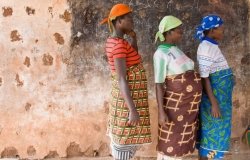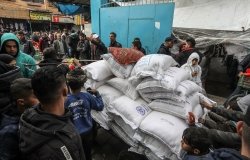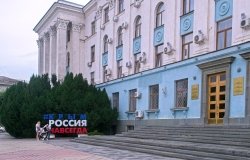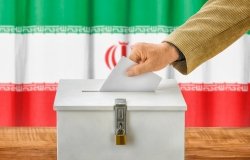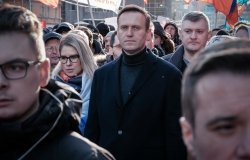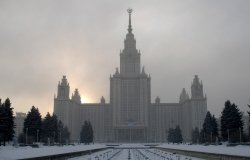Iran: Children of the Revolution Fight Back
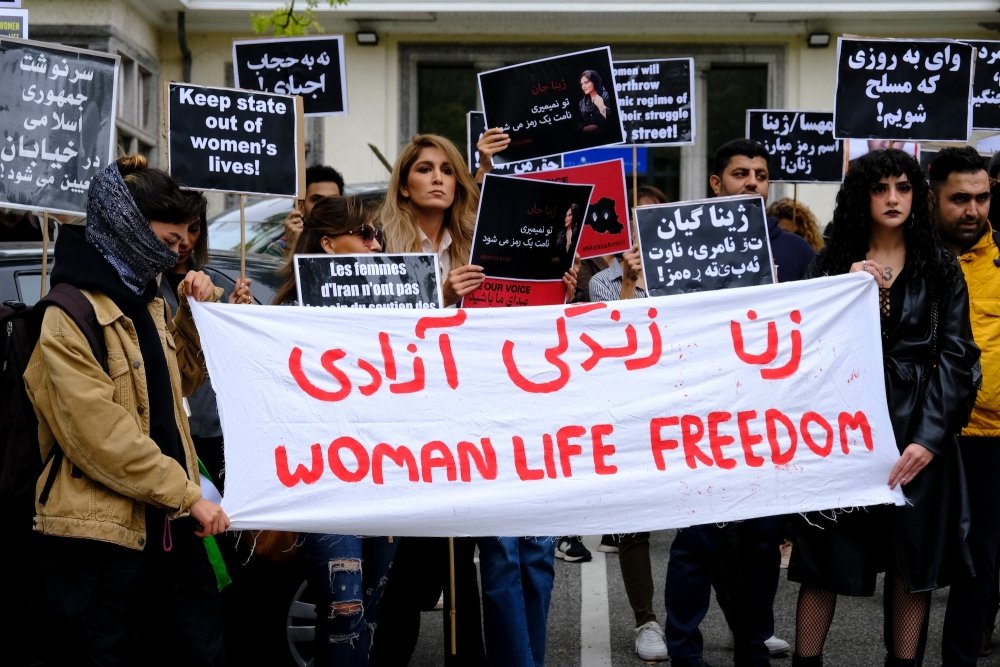
Alexandros Michailidis / shutterstock.com
Over two weeks have passed since the first demonstrations in Iran to protest the death of 22-year-old Mahsa Amini while in the custody of the morality police. The crackdown on the demonstrations by the security forces has been brutal. Riot police and forces used water cannons, tear gas, and live ammunition against the demonstrators. In the 16 days of protests, they have already killed 133 men and women. On Friday in the city of Zahedan alone, 43 people lay dead after security forces fired on a crowd just after Friday prayers had ended. More than 1,000 people, among them were women journalists, poets, and even popular athletes who supported the movement, have been arrested.
A threatening verbal assault by government officials has matched the physical attack. President Ebrahim Raisi warned that government forces will deal decisively with the protesters, whom he labelled “rioters” disturbing the public order, security, and calm. In a closed session of parliament Sunday morning, deputies, to show their full support for the government’s harsh measures, raised arms and closed fists while crying out, “thank you, police”. The minister of Islamic Guidance (or Intelligence) issued a statement that the Revolutionary Guards know full well how to deal firmly with those who engage in spreading “division” among the people; while the commander of the Revolutionary Guards, Hossein Salami, made clear that the Guards are trained to deal with such crises.
[The rulers of the Islamic Republic] believe that any sign of weakness or retreat on their part could lead to even wider protests and spin out of their control.
Clearly, the rulers of the Islamic Republic, along with their security forces and rubber-stamp parliament, are determined on a no-compromise, no-retreat course of action, on crushing any whiff of dissent. They believe that any sign of weakness or retreat on their part could lead to even wider protests and spin out of their control.
A promised “thorough investigation” of the cause of Mahsa Amini’s death has not taken place (and no one seriously expected it would or produce honest results). When Iran’s Supreme Leader, Ayatollah Khamenei, finally spoke out after two weeks of silence, he blamed the protests on Israel and the United States, said the protests were “planned by the Zionist regime”, and that they were work of the “paid agents” of the two countries. He strongly supported the security forces who, he said, had been criticized “unjustly.” Significantly, aside from one or two exceptions, the senior ayatollahs in the shrine city of Qom have also remained silent—either because they have already been cowed into silence or because they too fear the massive protests that would follow if they joined in supporting the protesters.
They have not deterred the young women and men who come into the streets with the slogan, 'Women, Life and Liberty'—a slogan first adopted after Mahsa was killed...
The harsh crackdown by the authorities, and the verbal warnings of even more to come, have failed to achieve what the regime intended. They have not deterred the young women and men who come into the streets with the slogan, “Women, Life and Liberty”—a slogan first adopted after Mahsa was killed, simply for violating the Islamic dress code. Several characteristics of the current protests are worth noting.
There have been many protests and demonstrations in forty years of life under the Islamic Republic; but they have ended in two or three days in the face of a show of force by the authorities. This time, to the government’s surprise, the protest movement has been sustained over two weeks already and promises to continue. Secondly, this has been a protest movement of the young—the very women and men who were born and came of age under the Islamic Republic. The young women who came out into the streets when a young woman ended up dead simply for showing a bit of hair know her fate could befall any one of them under a government and security forces that are accountable to no one, least of all to the people. These women displayed their defiance of the government and the kind of Islamic ordinances that it seeks to impose by removing their hijabs in public, throwing their head scarves into bonfires on the streets, cutting their hair, and some even shaving their heads in public and online for all, including officials and the morality police to see.
More and more people from different walks of life are joining the protest movement.
At the same time, much more than in the past, this younger generation is connected via social media. The young women of Tehran were aware of the actions of young women in Shiraz, Mashhad, Tabriz, other cities and small towns. The protest movement, by now, has spread to 80 towns and urban centers and continues day after day. All over the country, university students have gone on strike or issued protest declarations. More and more people from different walks of life are joining the protest movement.
Finally, in these protests, although still in their early stages, the younger generation of Iranians are saying, loudly and clearly, they reached the end of their tethers with a regime that wants to dictate how they dress, behave, and intermix; that tries to dictate what they should believe; that is unrepresentative and that has become a simple dictatorship of the few. They are saying that this is not the kind of regime to which they aspire or under which they want to spend the rest of their lives.
The views expressed in these articles are those of the author and do not reflect an official position of the Wilson Center.
About the Author


Middle East Program
The Wilson Center’s Middle East Program serves as a crucial resource for the policymaking community and beyond, providing analyses and research that helps inform US foreign policymaking, stimulates public debate, and expands knowledge about issues in the wider Middle East and North Africa (MENA) region. Read more

Middle East Women's Initiative
The Middle East Women's Initiative (MEWI) promotes the empowerment of women in the region through an open and inclusive dialogue with women leaders from the Middle East and continuous research. Read more



